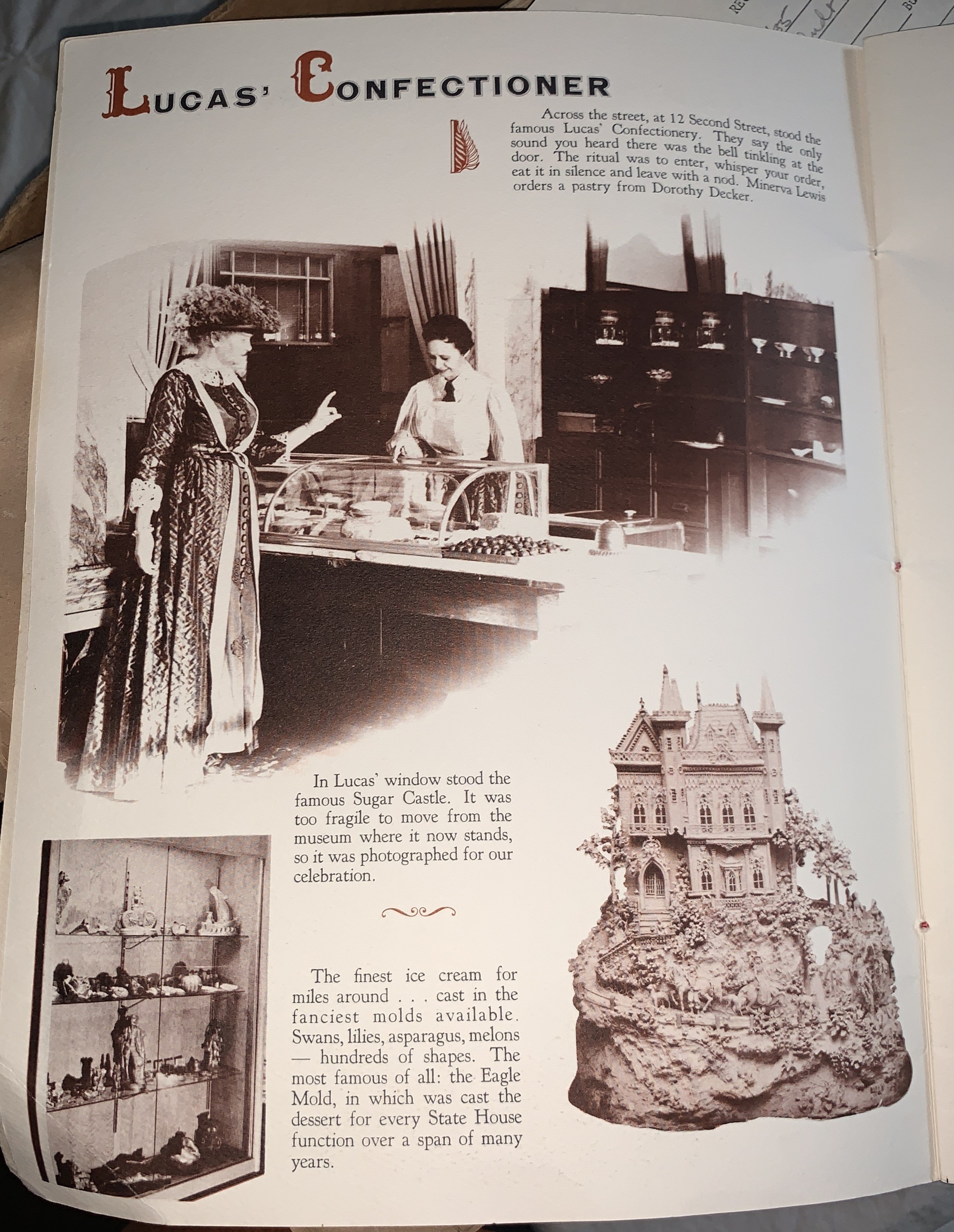I Scream for Ice Cream (Molds)
The enigmatic origin story of the delectable treat we call ice cream circumnavigates the world as cultures molded their original versions of the popular dessert. The first iced desserts trace back to 4000 BCE when the first ice houses began to appear along the Euphrates River. Icy shavings drizzled with natural sweeteners, like honey, took the bite out of scorching days. Over time, frozen treats popped up across the globe in various forms such as Turkish Sherbert and Italian Ice. It wasn’t until 1744 that ice cream crossed the Atlantic and was first served in colonial Maryland. Upon its arrival in America, ice cream soared in popularity among prominent figures prompting George Washington to buy his first mechanical ice cream maker in 1784. In 1792 he added two tin ice cream molds to his dessert arsenal.
Invented by the French in the 1830s, pewter ice cream molds of the 19th century are typically two-part casts connected by a hinge that shape ice cream into a range of designs. The molds reflected the time period, some of the popular designs included animals, food, and in the United States, patriotic figures such as Uncle Sam and George Washington. Many molds can be identified by the manufacturer’s stamps which may include the company’s initials and the design number of the mold. The three big American ice cream mold manufacturing companies were Eppelsheimer & Co., Schall & Co., and Krauss, which later acquired Schall & Co.
Hart Cluett Museum’s ice cream molds: Columbia (60.5), a flower (71.58 a+b), and American Eagle (60.4).
Within the Hart Cluett Museum’s collection are three ice cream molds that were once used by Charles F. Lucas’ Confectionary Shop. Opened in 1863, the confectionary and catering business often displayed their molds in the window of their shop at 12 Broadway. For nearly a century, the confectionary catered weddings, gubernatorial events, and private banquets. The American Eagle mold (60.4) was used at every State House function, and Columbia (60.5), who is a symbol of the United States, was often in accompaniment. These molds were donated to the museum on January 19, 1960 by Helen Clark Beers. Beers was married to nuclear physicist, geologist, and geophysicist Roland F. Beers of 447 Pinewoods Avenue Road, Troy. Helen was an accomplished painter who studied at the Rudy Helmo Art School in Troy. She also received recognition for her work in Who’s Who of American Women. The third mold is of a flower (71.52 a+b). This mold was donated by Mrs. Stephen Sampson on June 7, 1971. The mold is stamped “S + Co 25” indicating that it was manufactured by Schall & Co.
Flower mold (71.58 a+b).
Like the development of what we now call ice cream, the presentation of the delicious treat has changed overtime. The use of ice cream molds faded by the 1950s when store bought ice cream became readily available. However, by studying ice cream molds the connection to the past is strengthened. Rensselaer County was fortunate to be the home of Lucas’ Confectionary. The shop was beloved, and the quality of desserts and service was held to the highest standard. Although the ship closed in the 1950s, the original sign still hangs above the current wine bar at 12 Broadway. Charles F. Lucas built a prestigious business that hold a sweet spot in New York State history, having catered to figures such as Grover Cleveland, Theodore Roosevelt, Franklin D. Roosevelt and many others. The ice cream molds are currently housed in the Cluett Kitchen at 59 Second Street. Keep your eye out for them on your next visit to the historic house.



